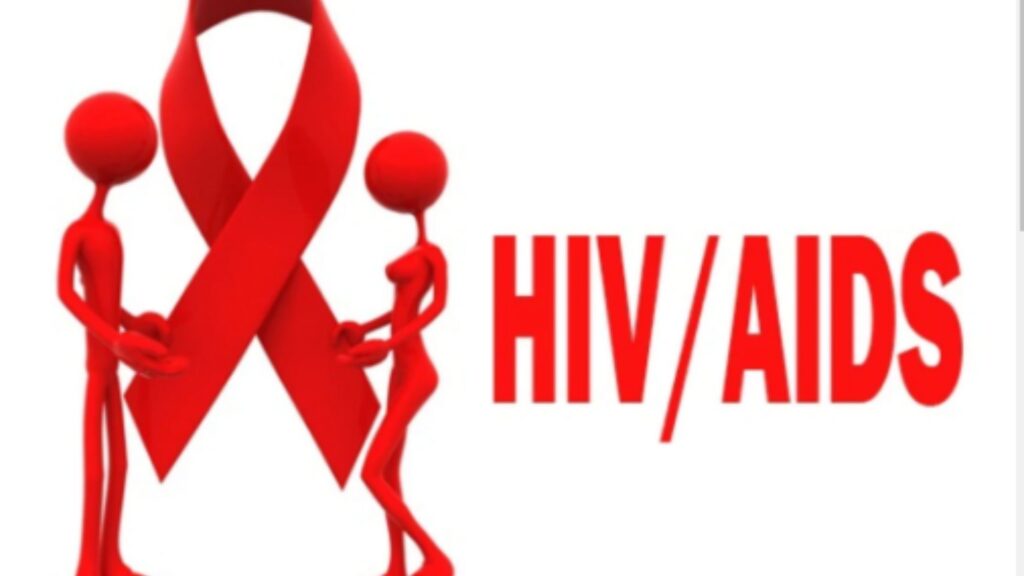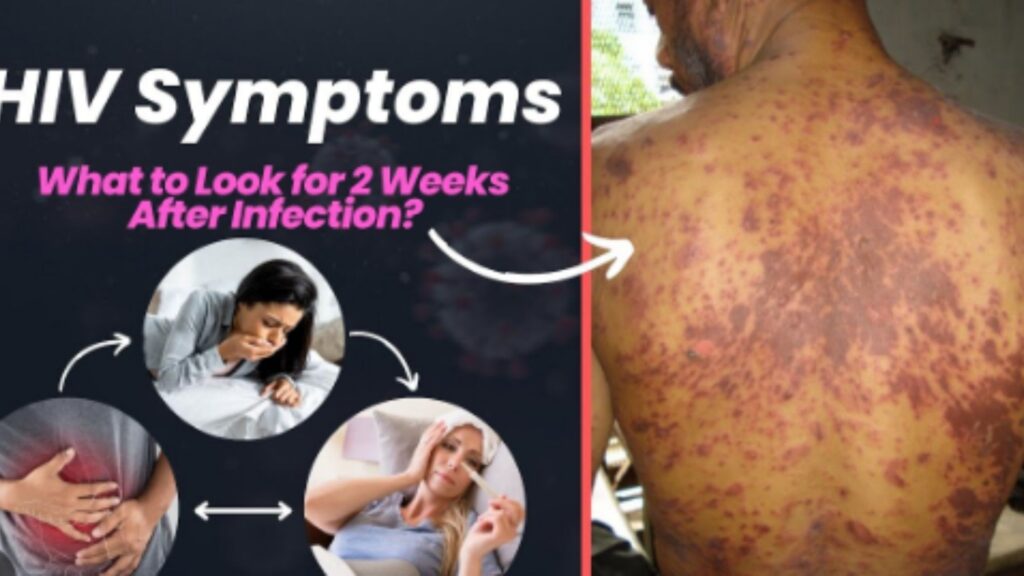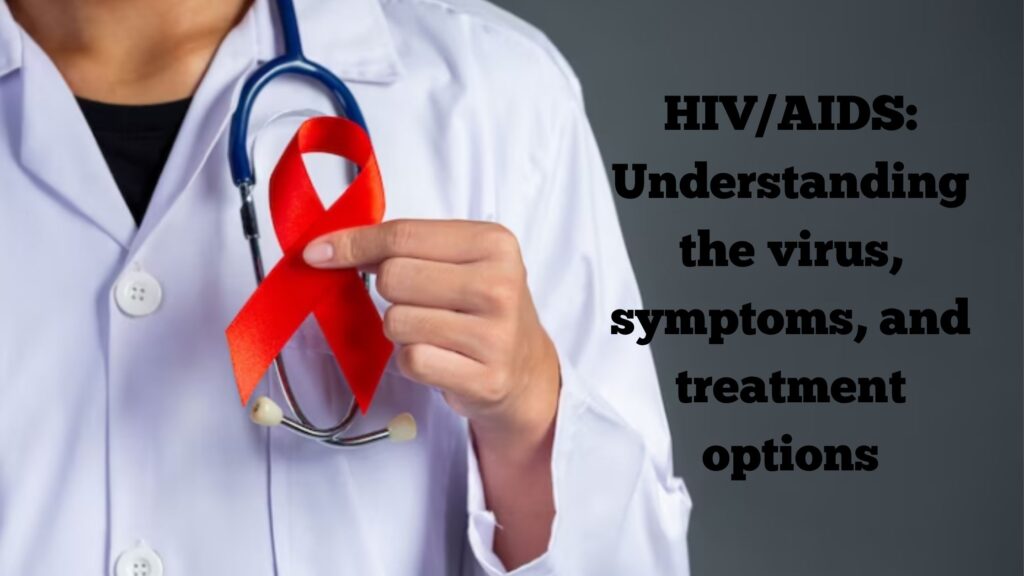Human Immunodeficiency Virus (HIV) is a virus that attacks the immune system, which is our body’s natural defense against infections and diseases. Acquired Immunodeficiency Syndrome (AIDS) is the most advanced stage of HIV infection, where the immune system is severely damaged, and the body cannot fight off infections and diseases anymore.

HIV is mainly transmitted through sexual contact, sharing needles, mother-to-child transmission during pregnancy, childbirth, or breastfeeding, and blood transfusions or organ transplants. It is essential to understand the virus, its symptoms, and treatment options to prevent its spread and provide appropriate care to people living with HIV/AIDS.
Understanding the Virus:
HIV belongs to a group of viruses called retroviruses, which replicate by converting their RNA (ribonucleic acid) into DNA (deoxyribonucleic acid) and then integrating into the host’s DNA. HIV targets the CD4 cells, which are white blood cells that play a crucial role in the immune system’s response to infections and diseases.
Once the virus enters the CD4 cells, it replicates and destroys them, leading to a weakened immune system. As the virus continues to replicate, it spreads throughout the body, damaging various organs and tissues, and leaving the person susceptible to infections and diseases.
Symptoms of HIV/AIDS:

The symptoms of HIV infection vary depending on the stage of the disease. In the early stages of HIV infection, many people do not experience any symptoms or may have mild symptoms that resemble those of the flu, such as fever, headache, fatigue, and swollen lymph nodes. These symptoms usually disappear within a few weeks, and the person may not experience any symptoms for years.
During this time, the virus is still active and replicating, and the person can still transmit the virus to others. As the virus progresses, the person may experience more severe symptoms, such as weight loss, chronic diarrhea, fever, night sweats, and recurrent infections.
When HIV infection progresses to AIDS, the immune system is severely damaged, and the person is susceptible to life-threatening infections and cancers. Some of the symptoms of AIDS include severe and persistent diarrhea, pneumonia, tuberculosis, Kaposi’s sarcoma (a type of cancer), and fungal infections.
Treatment Options:
There is currently no cure for HIV/AIDS, but with proper treatment, people living with HIV can lead long and healthy lives. Antiretroviral therapy (ART) is the primary treatment for HIV/AIDS, and it works by suppressing the replication of the virus, reducing the viral load (the amount of virus in the blood), and restoring the immune system’s function.
ART consists of a combination of medications, usually taken daily, and requires lifelong adherence. The medications can have side effects, but these can be managed with proper monitoring and management.
In addition to ART, people living with HIV/AIDS also need to receive appropriate care and support to manage the symptoms and complications of the disease. This includes regular monitoring of the viral load and CD4 count, screening for opportunistic infections and cancers, and addressing any other health issues that may arise.
Prevention of HIV/AIDS:
Prevention is the key to stopping the spread of HIV/AIDS. The most effective ways to prevent HIV transmission include:
- Practicing safe sex by using condoms or other barrier methods to prevent the exchange of bodily fluids during sexual activity.
- Avoiding sharing needles or other injection equipment if you inject drugs.
- Taking precautions to prevent mother-to-child transmission during pregnancy, childbirth, and breastfeeding.

